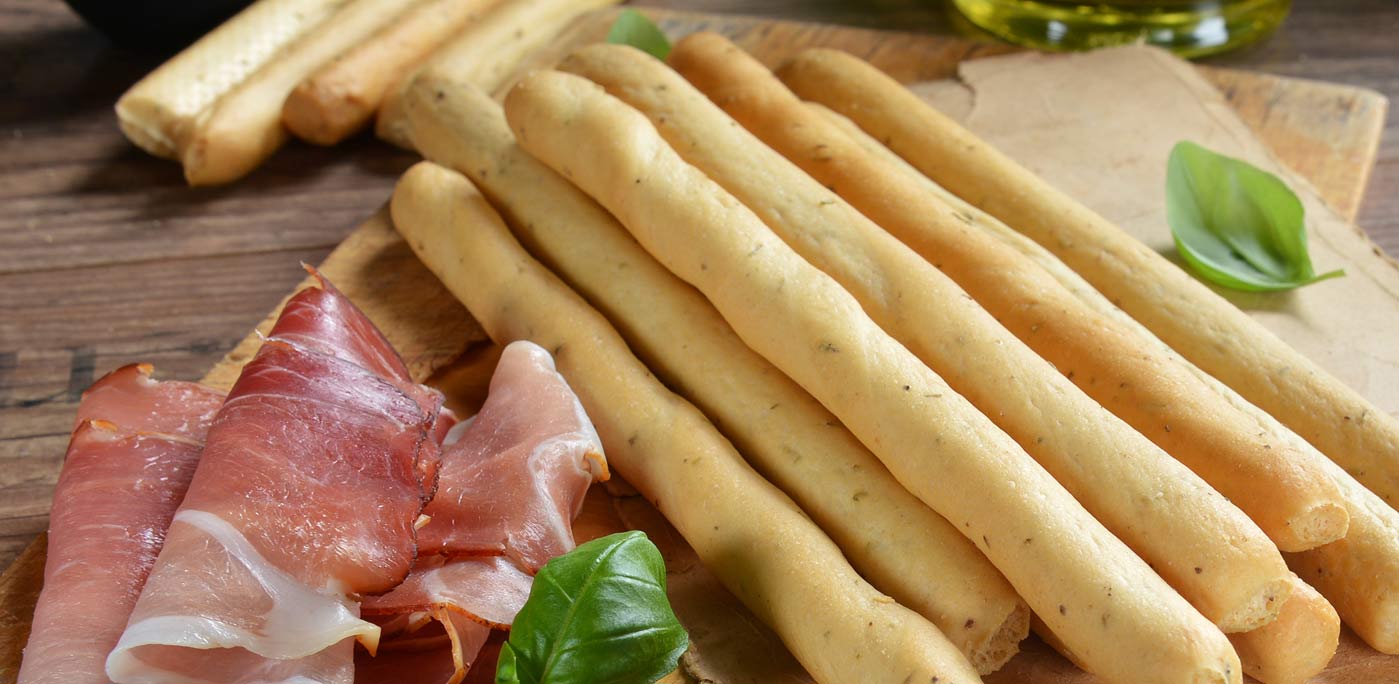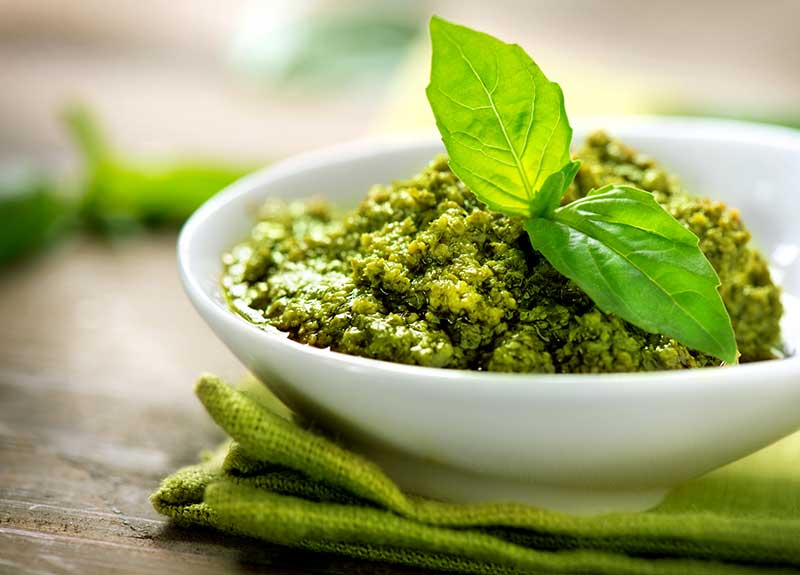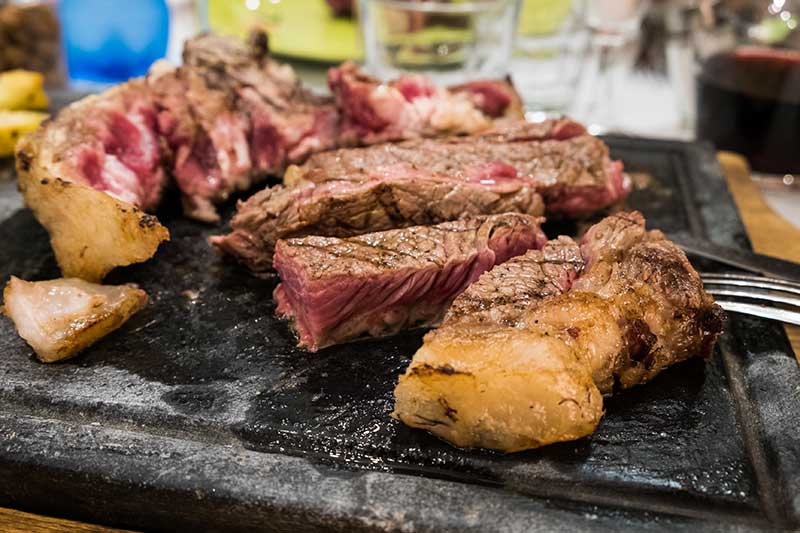We all know it: in Italy, we love bread! These very crunchy “bread sticks” were invented in Turin in 1679, by the Savoias’ personal baker, who created them appositely for king Vittorio Amedeo II, who couldn’t digest regular bread very well.

Their dough is the same as bread’s but, as they are very thin, they dry while baking and remain crunchy. Grissini were an immediate success because they were not only good to eat and easy to digest, but also lasted longer than regular bread; so famous that they became “les petits bâtons de Turin,” as Napoleon would call them, turned into a local speciality.
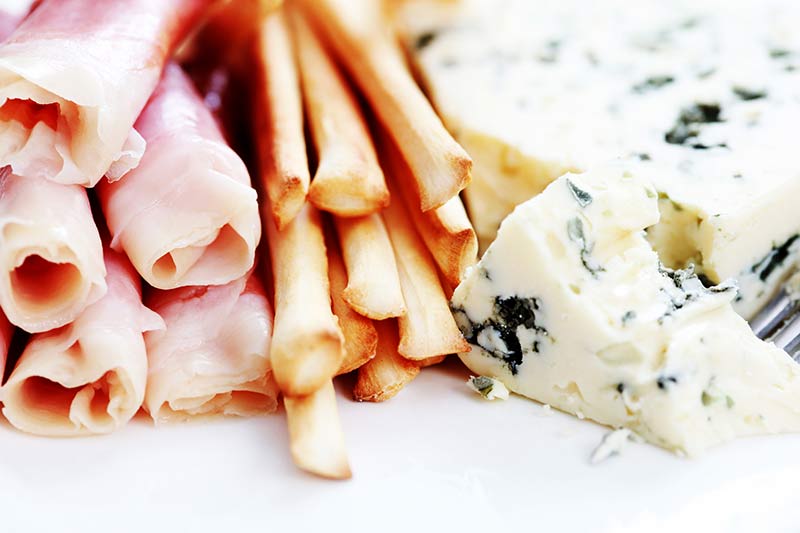
Those first grissini – called “robatà,” between 40 and 80 cm in length, irregular in shape and rolled by hand – are today a prodotto agroalimentare Italiano protetto (Italian agri-food protected product). Later, the grissini stirati were invented, the mechanical production of which started as early as the 18th century.
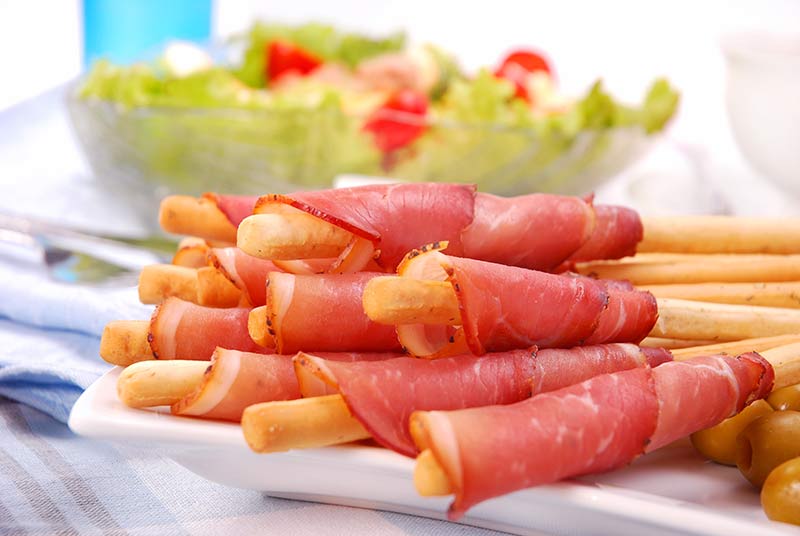
Today, we can enjoy herbs grissini, spice grissini, olive oil grissini, all of which should be enjoyed with local cold cuts, prosciutto and soft cheeses, such as goat’s.
